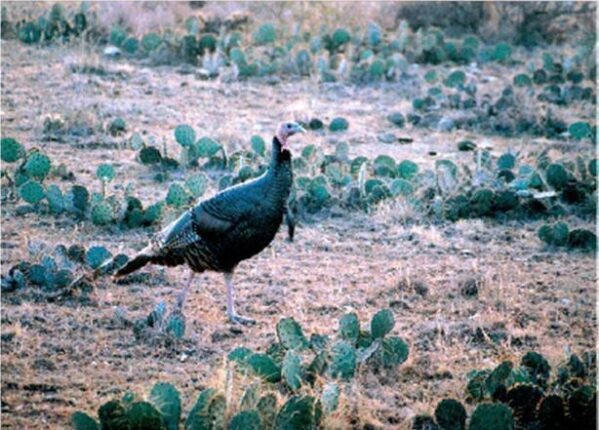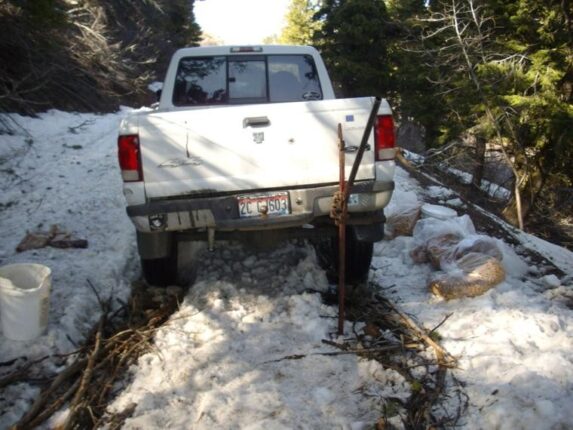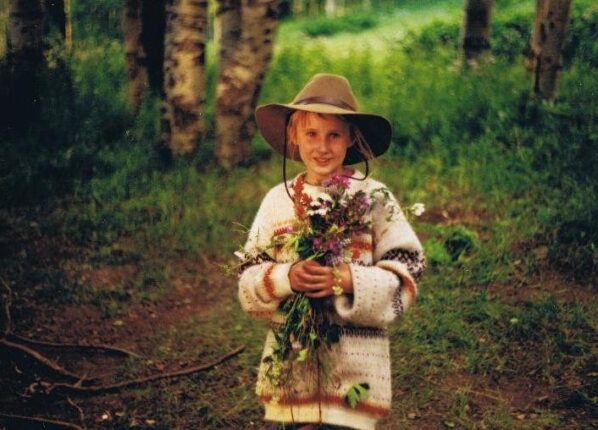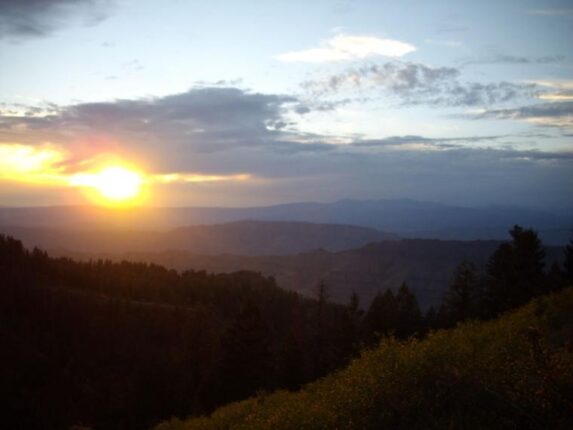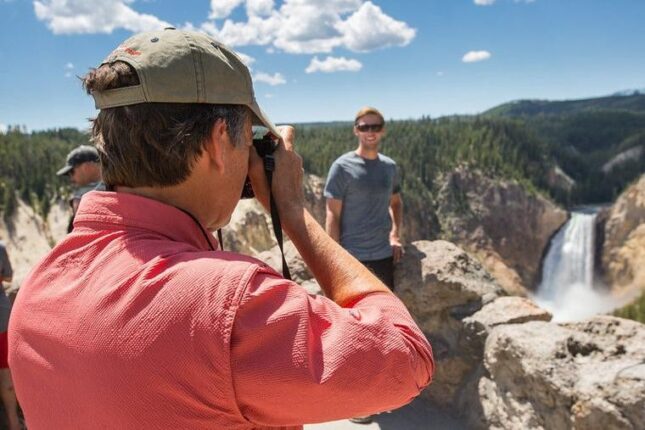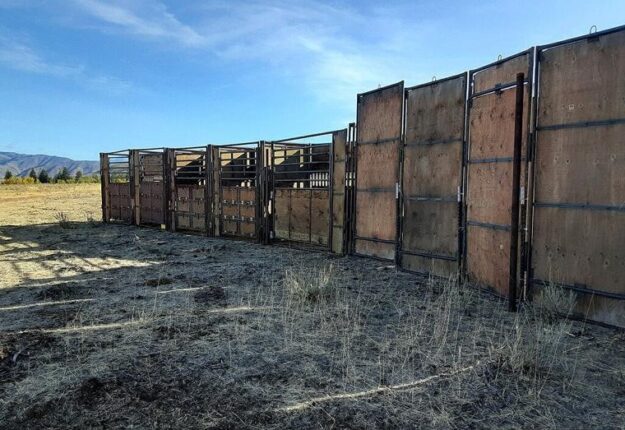Four centuries ago, America was a fledgling country. Her life was in the balance. The pilgrims were on the verge of starving and things didn’t look good. Luckily some friendly Native Americans came out of the woodwork (OK, the woods) and provided a feast for the pilgrims. That shifted the pendulum and gave the starving pilgrims hope.
Tradition has it that they brought in some wild turkeys among an assortment of other foods. The pilgrims were overwhelmed by their kindness and gave thanks for the meal, their new friends and all of their many blessings in general.
Since that time nearly 400 years ago, Americans nationwide have declared Thanksgiving as a national holiday and stopped for a day to acknowledge their many blessings and give thanks for them and our country. Four hundred years later, we still have the best country in the world as evidenced by the thousands of people trying to enter America. Who can blame them?
So with that said, what should your main course be this Thanksgiving? Anything less than a turkey along with maybe a smoked ham and for sure pumpkin pie is obviously a plot designed to end all true American traditions.
One year, I thought I’d do something different. I grilled some ribeyes for a change of pace. They were nice, well-marbled ribeyes. They were probably as good of ribeyes as any that you’ve ever had. But it went against all tradition. It put a big kink in the Claycomb family traditions. The Wampanoag native people would have turned over in their graves. Never again has my family deviated from having a smoked turkey as the main dish. Since then, things have settled down and all is well again in the Claycomb household. Katy and Kolby have not left me.
The last decade or so, Mom has sent us a smoked turkey from Greenburg’s in East Texas but a few weeks ago their plant burned down. So this year we will go back to me smoking the turkey. If you’ve never smoked your own turkey, don’t panic. It is super easy and will turn out delicious.
Most likely, you will run to the store to purchase your turkey, but if you’re lucky, you may be smoking a wild turkey that you killed this spring. If so, realize that you will need to baby it a little bit more than if you’re cooking a farm raised fat butterball turkey. A wild gobbler won’t have as much fat as their farm-raised cousin so it won’t be as juicy. Baby it a little more than you would a store-bought turkey.
I learned how easy it was to smoke turkeys over 40 years ago. A buddy at work, her family raised turkeys and she knew that I smoked deer meat, sausage, etc., and asked me to smoke a turkey for her. I told her I didn’t know how. She told me all that she needed was for me to put it on my smoker for three to four hours and then she’d come by that night and grab it and take it home and finish cooking it. I was apprehensive but she told me to just smoke it and quit worrying. (At the time, I had a wood smoker. Now I use my Camp Chef pellet smoker.)
The next day she brought me a sample. Oh my gosh, it was the best turkey that I’d ever had. I have since cooked them as she instructed. Here’s how you do it. If you have a regular smoker, throw it on the smoker at low heat for four hours. Then put it in a black turkey-roasting pan in the oven all night at about 190-200 degrees.
Put a couple of cups of water in it to keep it moist. You don’t want it to dry out. In the middle of the night check it out. If all of the liquid has evaporated add a couple of more cups of water. When you wake up, if it pretty much falls apart with a fork, it’s done. If not, turn up the heat to 325 and cook until done.
When you put it in the oven, sprinkle with spices. I’ve cooked it like this for the past 40 years. But this year, I’m going to deviate and use this recipe that I found on Hi-Mountain Seasoning’s website: Bourbon-glazed Holiday Turkey. It looks good. (himtnjerky.com)
I’ve ordered their Game Bird & Poultry Brine Mix and their Poultry Rub Blend to use. I can’t wait!
Tom Claycomb lives in Idaho and has outdoors columns in newspapers in Alaska, Idaho, Utah, Nevada, Colorado and Louisiana. He also writes for various outdoors magazines and teaches outdoors seminars at stores like Cabela’s, Sportsman’s Warehouse and Bass Pro Shop.
